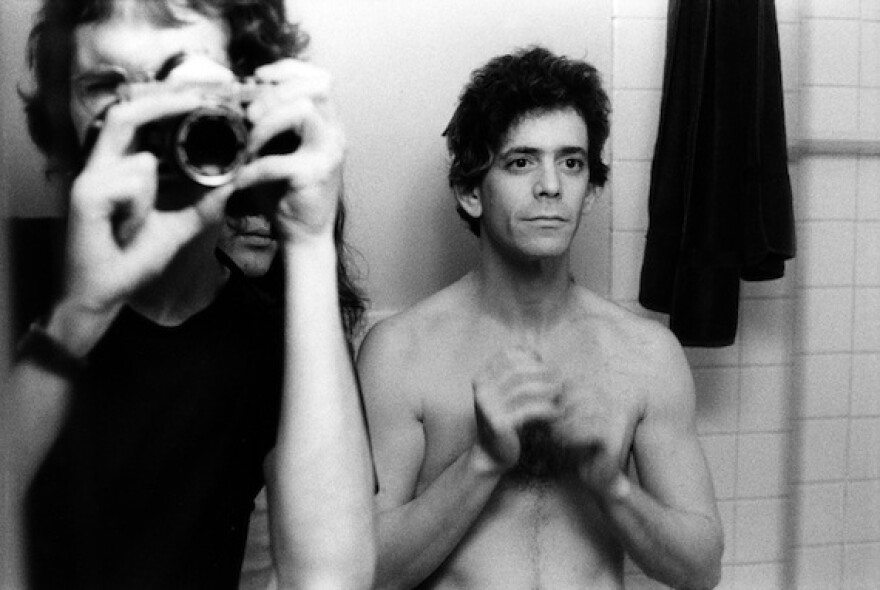In the end, the shot that defined Transformer was a mistake. “It was actually out of focus,” Mick Rock admits. “I really liked it like that, but on the other hand, I didn’t want to look like I was not proficient.” So he showed Lou Reed both versions—the slightly blurry print that gave Reed a ghostly aura, and the technically sharp version that lacked all the magic. Lou didn’t hesitate. “He jumped all over that shot.”
That image, with Reed's half-lidded stare and hollowed cheekbones, became one of the most iconic covers in rock history. Now, Rock is relaunching Transformer, the book—not the album—an expanded and revised version of the limited edition volume originally co-signed by Reed before his death in 2013. “This one’s got 65 more images, 50 of which have never been seen before,” Rock says. “And I wrote another two thousand words.” It also includes the Lou Reed estate’s signature and, most importantly, Lou’s voice—many of the captions are based on taped conversations between Rock and Reed reminiscing about the shots, the album, and the era.
The era in question? London, 1972. Rock had met Reed through David Bowie, who was producing Transformer and dragging Lou into the glam light whether he liked it or not. “I remember going backstage to see him,” Rock says. “He was very quiet. Told me years later how nervous he was—it was the first gig he’d done in a long while. First since he left the Velvets, I think.” Lou had a pick-up band called the Tots, flown in from Long Island, and Mick, camera in hand, was there to catch it all.
What he didn’t realize until later was how charmed that window of time really was. “I thought [the Raw Power and Transformer covers] were shot a week apart,” he says. “But I checked, and it turns out it was the same venue—within a 24-hour period.” One night it was Lou Reed’s triumphant return, the next, Iggy Pop and the Stooges recording the artwork that would define punk's blueprint. “Somebody was smiling on me that weekend,” Rock shrugs.
Rock didn’t shoot the Transformer cover for Lou. He just wanted to shoot Lou. It was only after the gig that he brought the contact sheets around and Lou picked that photo—the mistake, the blur, the myth. “The original cover was going to be what ended up on the back,” Rock reveals. “But once Lou saw that shot, he said, ‘That’s gonna be the cover.’”
The two men drifted in the late '70s—not out of animosity, but geography and drugs. “I started living in New York and was doing too much cocaine,” Rock says. “And Lou was busy cleaning up.” They eventually reconnected, older, slower, and reflective enough to collaborate on the book that now lives again.
Rock still sounds a little surprised at the way time has elevated his snapshots into sacred objects. “At the time, all rock photography was just cheap fodder for the record labels,” he says. “Totally disposable.” But with Reed’s face staring out from record bins, T-shirts, and dorm walls, history had other plans.
Oh—and as a final reminder that he’s got more than one legendary cover under his belt? “Someone just told me it’s the anniversary of Queen’s Sheer Heart Attack cover too. That one always gets overlooked ‘cause of the Queen II photo they used for ‘Bohemian Rhapsody.’ But it’s an interesting life—if you hang around long enough.”
Listen to the interview above and then check out the trailer for Mick Rock's Shot below:


